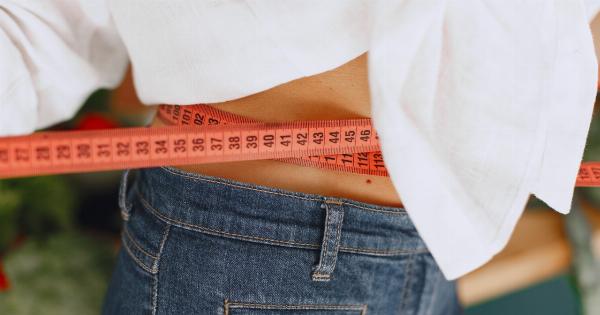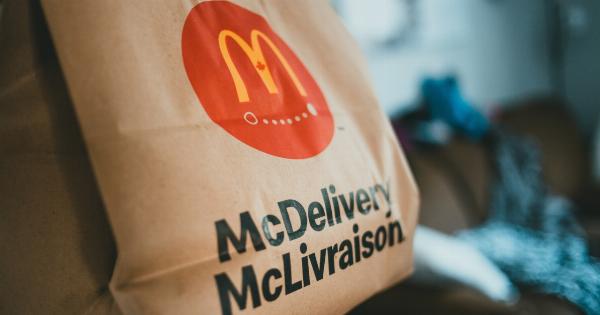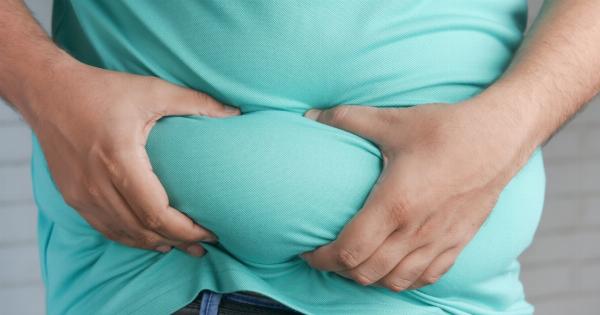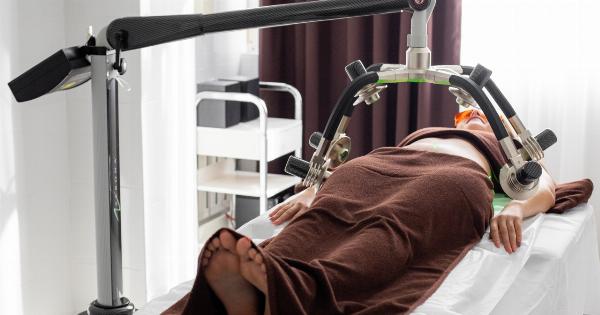A protruding belly, colloquially referred to as a “beer belly,” “dad bod,” or “muffin top,” is a widespread issue affecting millions of individuals worldwide.
The accumulation of excess fat in the abdomen is not only aesthetically displeasing, but it is also linked to several health issues, including cardiovascular disease, diabetes, and high blood pressure. Research has shown that reducing the local thickness of abdominal fat can aid in mitigating health risks and improve overall well-being.
What is local thickness?
Local thickness refers to the measurement of the thickness of subcutaneous fat, that is, fat situated directly beneath the skin, in a particular body area.
In the case of abdominal fat, local thickness can be measured at various points in the abdomen, such as above or below the belly button, to determine the extent of fat accumulation. This measurement is typically taken using a caliper, which gently pinches the skin, and the thickness is recorded in millimeters.
How does local thickness affect abdominal fat?
Abdominal fat is comprised of two forms of fat: subcutaneous fat and visceral fat. Subcutaneous fat is the layer of fat just beneath the skin, which contributes to the local thickness measurement mentioned above.
Visceral fat is the type of fat that surrounds organs in the abdomen and is associated with numerous health problems.
Studies have shown that increasing local thickness is associated with higher levels of visceral fat. Conversely, reducing the thickness of subcutaneous fat through exercise and diet has been shown to positively impact overall health.
One study found that participants who engaged in high-intensity interval training experienced a decrease in local thickness and a reduction in visceral fat. Therefore, local thickness is an essential metric to consider when attempting to reduce abdominal fat.
What methods can reduce local thickness?
There are several methods to reduce local thickness. The efficacy of each approach will depend on individual circumstances, including current health status, body weight, fitness level, and personal preferences.
Some methods that have been shown to be effective are:.
1. Exercise
Several types of exercise can help reduce local thickness, including cardio, weight lifting, and high-intensity interval training (HIIT). Engaging in a combination of exercises may be more beneficial, as each has a unique impact on the body.
For example, HIIT has been shown to lead to reductions in local thickness, while cardio has been shown to be more effective in dealing with visceral fat. Some effective exercises for reducing abdominal fat are planks, Russian twists, crunches, and lunges.
2. Diet
Diet plays a crucial role in reducing local thickness. It is essential to consume healthy, low-calorie foods in smaller portions and to avoid processed and high-fat foods.
A diet rich in fruits, vegetables, lean protein, and whole grains can aid in reducing belly fat. Drinking plenty of water and limiting alcohol consumption can also significantly impact overall health.
3. Medical treatments
In certain cases, medical treatment may be necessary to remove excess belly fat. Liposuction is a popular surgical procedure that removes fat deposits by sucking the fat cells from the body.
Non-invasive procedures such as CoolSculpting, which uses freezing technology to kill fat cells, and laser lipolysis, which melts fat using lasers, can be equally effective in reducing local thickness.
The effectiveness of local thickness in reducing abdominal fat
Several studies have shown that reducing local thickness leads to a decrease in abdominal fat.
In one such study, participants with a higher local thickness measurement demonstrated a significantly greater decrease in total abdominal fat after 12 weeks of HIIT. Another study found that reducing abdominal local thickness through exercise positively impacted insulin resistance, a significant risk factor associated with adding belly fat.
The evidence suggests that reducing local thickness through a combination of exercise and a healthy diet can have positive effects on overall health and reduce the risk of developing visceral fat-related health issues.






















